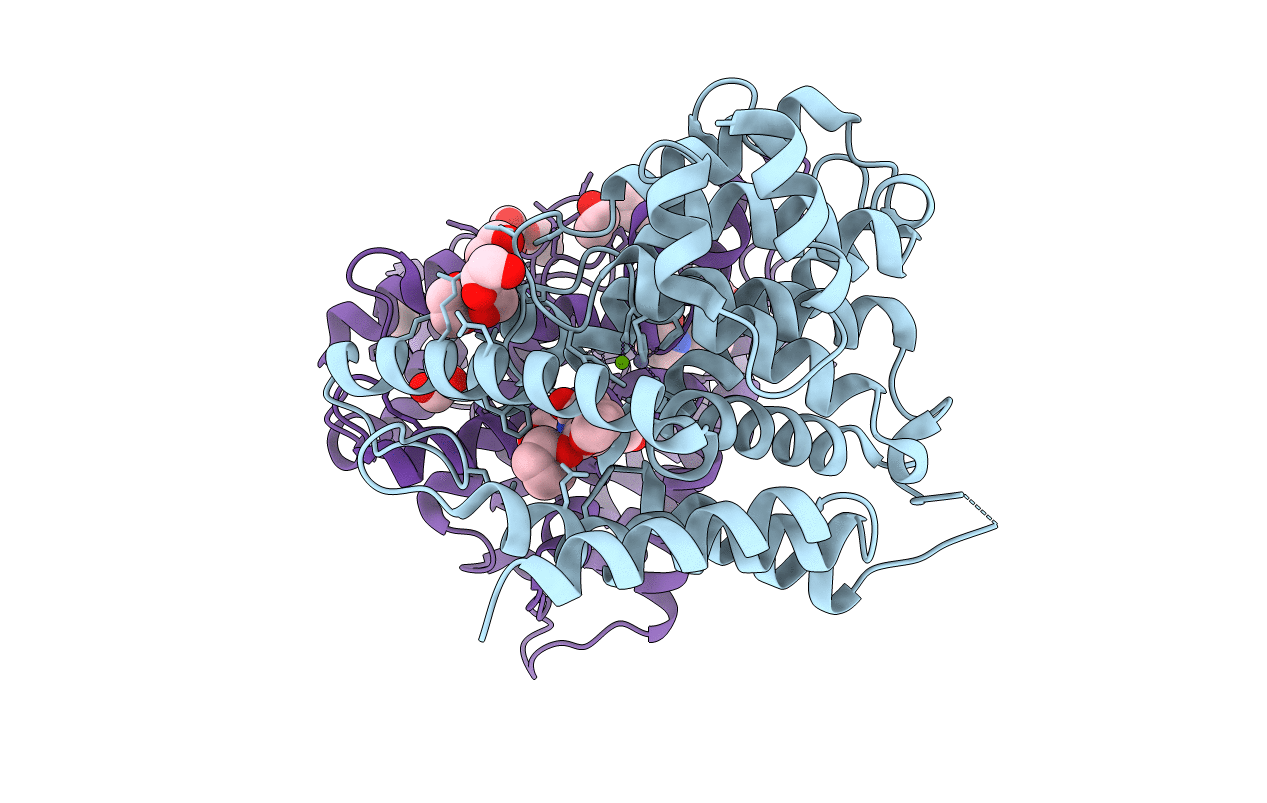
Deposition Date
2004-05-19
Release Date
2004-08-03
Last Version Date
2024-02-14
Entry Detail
PDB ID:
1TBB
Keywords:
Title:
Catalytic Domain Of Human Phosphodiesterase 4D In Complex With Rolipram
Biological Source:
Source Organism:
Homo sapiens (Taxon ID: 9606)
Host Organism:
Method Details:
Experimental Method:
Resolution:
1.60 Å
R-Value Free:
0.20
R-Value Work:
0.18
R-Value Observed:
0.18
Space Group:
P 21 21 21


